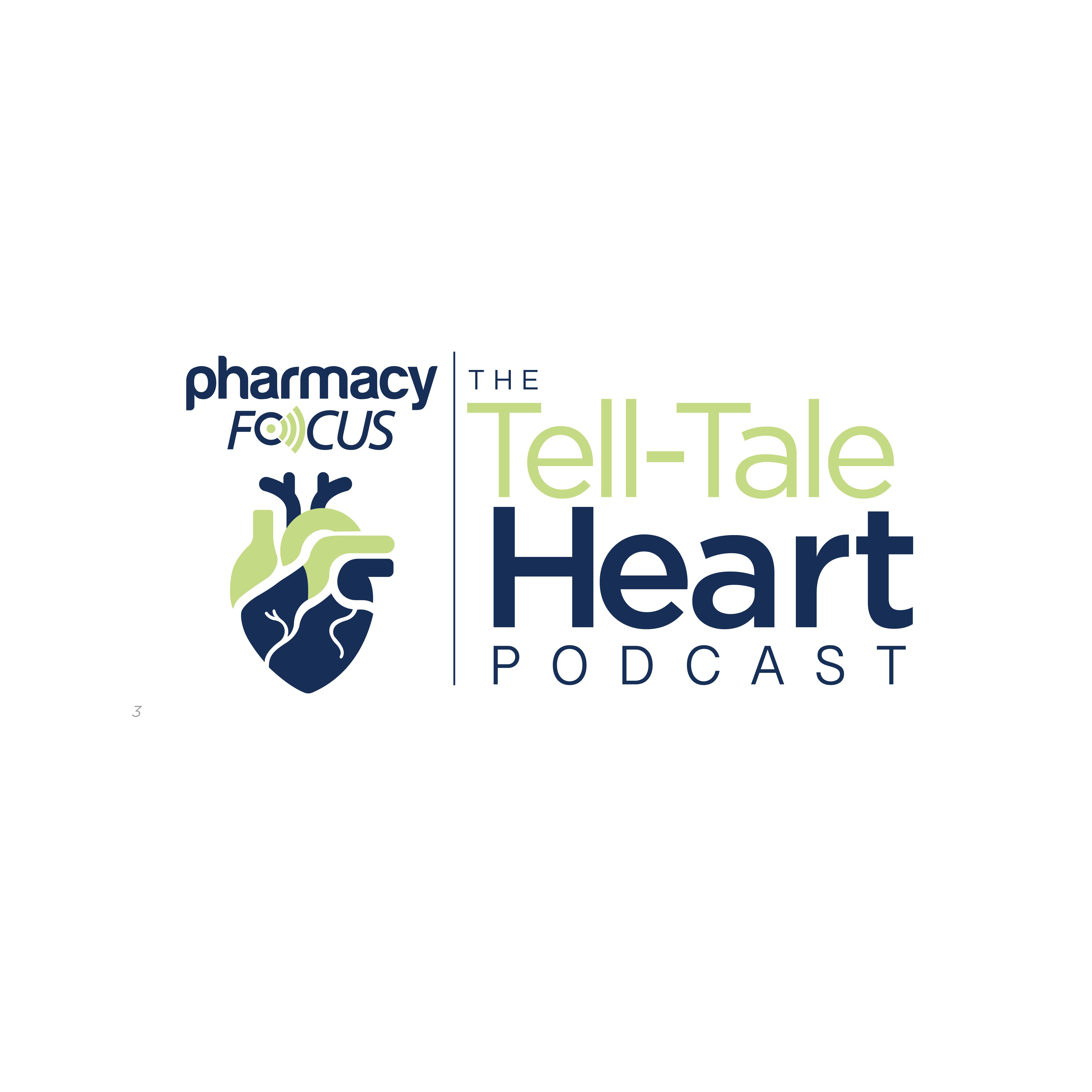Article
FDA Approves Intravenous Epilepsy Drug
Author(s):
The FDA approved Carnexiv as a short-term replacement for oral carbamazepine.
H. Lundbeck recently announced that the FDA has approved Carnexiv (carbamazepine) injection for patients with certain seizure types, when oral administration of carbamazepine is not possible.
Carnexiv previously received orphan drug designation for use in this patient group, and will be the first intravenous formulation of carbamazepine, according to a press release from Lundbeck. The drug is for short-term use only, with a maximum use duration of 7 days in patients unable to orally administer the antiepileptic medication carbamazepine.
Carnexiv is indicated for patients who have partial seizures with complex symptomatology, generalized tonic-clonic seizures, and mixed seizure patterns. Toxic epidermal necrolysis and Stevens-Johnson syndrome can occur in patients taking the medication, and the risk of developing aplastic anemia and agranulocytosis are also increased.
Patients of Asian descent have a 10 times greater risk of developing these conditions, according to the press release. High-risk patients, including those who test positive for the HLA-B*1502 allele should avoid using Carnexiv, according to the press release.
The total daily dose of Carnexiv should be 70% of the total daily dose of oral carbamazepine, according to Lundbeck. Intravenous (IV) administration of the drug should be divided into four, 30-minute infusions every 6 hours.
Patients should be switched back to their oral treatment as soon as possible, and use should not exceed 7 days on the intravenous drug.
“Carbamazepine is very difficult to make as an aqueous-based injectable formulation, which means that doctors have not had an IV formulation of the drug available when needed. This approval is the result of years of work to create a novel and stable injection formulation to support patients who need an alternative to oral carbamazepine,” said James Cloyd, PharmD, director of the Center for Orphan Drug Research at the University of Minnesota College of Pharmacy. “We're proud to partner with Lundbeck and appreciate the company's dedication to overcoming development challenges and making this therapy option available for patients and clinicians.”
Newsletter
Stay informed on drug updates, treatment guidelines, and pharmacy practice trends—subscribe to Pharmacy Times for weekly clinical insights.






